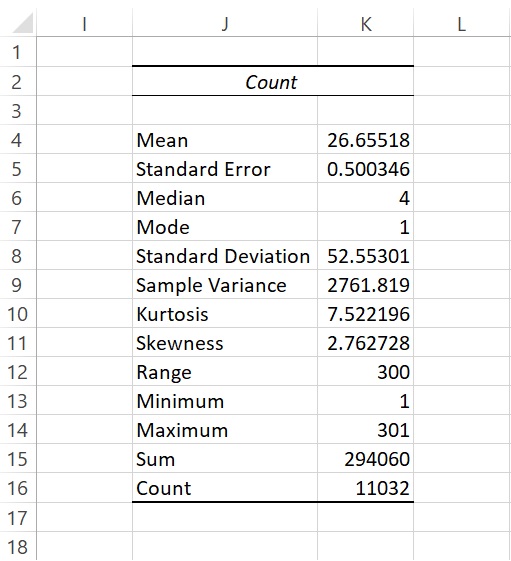
Note that you are not drawing any conclusions about the full population.

That’s the core of descriptive statistics. 24% of people said that white is their favorite color).įor sure, this would be much more representative and clear than an ugly spreadsheet. And you have a plenty of options to visualize data such as pie charts, line charts, etc. However, this spreadsheet is not very informative and you want to summarize the data with some graphs and charts that can allow you to come up with some simple conclusions (e.g. And now you have a spreadsheet with the results. You’ve performed a survey to 40 respondents about their favorite car color. It says nothing about why the data is so or what trends we can see and follow.ĭescriptive statistics help you to simplify large amounts of data in a meaningful way. Let’s see the first of our descriptive statistics examples.ĭescriptive statistics about a college involve the average math test score for incoming students. You are simply summarizing the data with charts, tables, and graphs.Ĭonversely, with inferential statistics, you are using statistics to test a hypothesis, draw conclusions and make predictions about a whole population, based on your sample. In a nutshell, descriptive statistics just describes and summarizes data but do not allow us to draw conclusions about the whole population from which we took the sample. In the world of statistical data, there are two classifications: descriptive and inferential statistics.



 0 kommentar(er)
0 kommentar(er)
